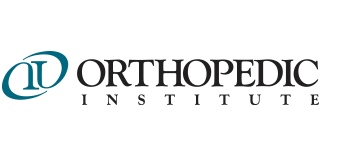 https://i0.wp.com/orthopedicinstitutesf.com/wp-content/uploads/2019/04/K-C-Chang-sq.jpg?fit=1024%2C1024&ssl=1
1024
1024
Christopher Holman
/wp-content/uploads/2019/03/OI-logo-main.png
Christopher Holman2019-03-14 14:54:252023-01-24 14:06:06K. C. Chang, MD
https://i0.wp.com/orthopedicinstitutesf.com/wp-content/uploads/2019/04/K-C-Chang-sq.jpg?fit=1024%2C1024&ssl=1
1024
1024
Christopher Holman
/wp-content/uploads/2019/03/OI-logo-main.png
Christopher Holman2019-03-14 14:54:252023-01-24 14:06:06K. C. Chang, MDSymptoms: What does Cervical Disc Herniation feel like?
Disc herniations of the cervical spine can occur for unknown reasons or after a fall, heavy lifting/pushing/pulling or an accident. Generally, disc herniations in the neck start with a neck-ache. Initially an injury to the outer layer of the disc occurs. Sometimes the ligament on the back side of the bone will also be injured. This usually causes neck pain and muscles spasms. Inflammation begins and contributes significantly to the symptoms. Due to the injury of the disc and ligament the jelly-like material can then squeeze out and begin pushing on the spinal cord or nerve roots. This in turn can then create pain that radiates into the shoulder blades, shoulders, arms and hands. Loss of muscle strength can also occur because the message from the brain to the muscle is getting obstructed or blocked by the disc herniation in the neck. The location of the disc herniation in the neck will determine what part of the shoulder, arm or hand will be most affected. For instance, a disc herniation between C4-C5 would create neck and shoulder pain (deltoid muscle) or weakness. A disc herniation at C6-C7 would cause neck pain, and arm pain that would travel down the back of the arm to the back of the forearm and back of the index and middle finger. At the C6-C7 level the tricep muscle may be weak due to pinching of the C7 nerve.
Evaluation: How is Cervical Disc Herniation diagnosed?
As mentioned above, a cervical disc herniation can masquerade as some other injury to the arm. Often times patients are initially treated for a shoulder strain or rotator cuff tear. Other times they are treated for carpal tunnel syndrome. All of these conditions share symptoms that can be caused by a cervical disc herniation. The most important part of obtaining the diagnosis is a thorough history (patient’s story) and proper physical examination. If the doctor is able to rule out other causes of neck, shoulder and arm pain the initial tool to help them confirm the neck as the cause is a simple X-ray. The X-ray can reveal abnormalities of alignment or signs of arthritis. To truly diagnose a cervical disc herniation the imaging study of choice is an MRI. The MRI will show soft tissue structures such as the disc, spinal cord, nerves, muscles, tendons and ligaments.
Recovery: What Can Be Expected?
In most cases cervical disc herniations improve with time and symptomatic treatment. This can take 6-12 weeks. Improvement is usually seen within 2-3 weeks and full recovery in the ensuing 2-3 months.
Those patients requiring surgery can expect a full recovery 3-6 months after surgery. Recovery from surgery may include the use of a cervical collar (brace) for 6-12 weeks to allow the tissue and bone to heal. Return to work for those with light duty or desk jobs can be within 2-4 weeks whereas heavy laborers generally cannot return to heavy lifting for 3 or more months. Typically you will see your surgeon several times over 4-6 months to make sure symptoms have improved and that healing has occurred. Long-term follow-up depends on symptoms whereas most patients will not need any further neck surgery
Physicians
The following physicians specialize in the treatment of Cervical Disc Herniation:









 istock
istock
















